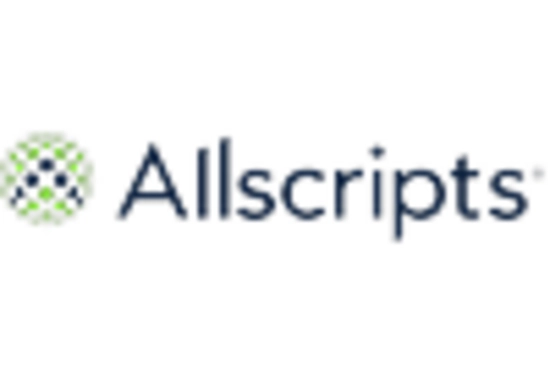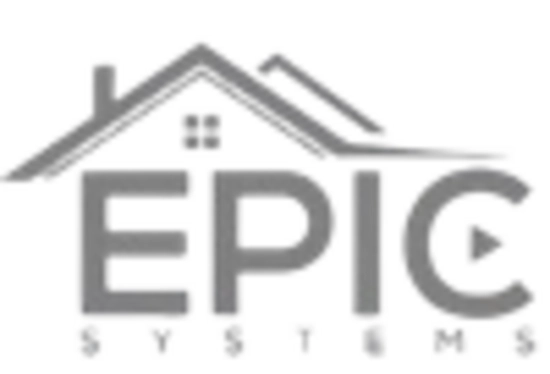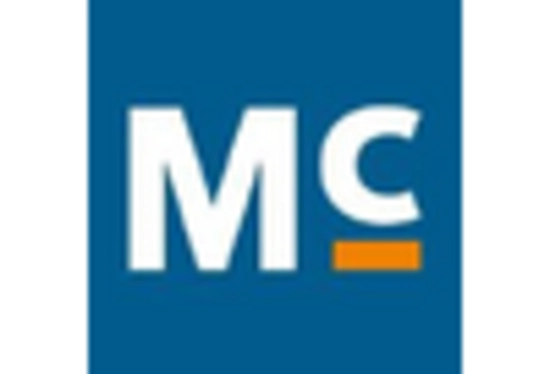Adoption of Cloud-Based Solutions
The Healthcare Financial Analytics Market is significantly influenced by the adoption of cloud-based solutions. These solutions offer scalability, flexibility, and cost-effectiveness, making them attractive to healthcare organizations of all sizes. The shift towards cloud computing allows for real-time data access and collaboration among stakeholders, enhancing the overall efficiency of financial operations. Market data indicates that the cloud-based segment is expected to witness substantial growth, as organizations seek to modernize their financial systems. This transition not only streamlines financial processes but also supports compliance with regulatory requirements, further propelling the demand for healthcare financial analytics.
Rising Demand for Cost Efficiency
The Healthcare Financial Analytics Market is experiencing a notable surge in demand for cost efficiency. Healthcare organizations are increasingly seeking ways to optimize their financial operations, reduce waste, and enhance profitability. According to recent data, healthcare expenditures are projected to reach trillions, necessitating the adoption of financial analytics solutions. These solutions enable organizations to analyze spending patterns, identify cost-saving opportunities, and improve resource allocation. As a result, the market for healthcare financial analytics is likely to expand, driven by the need for organizations to maintain financial sustainability while delivering quality care. This trend indicates a growing recognition of the importance of financial analytics in achieving operational efficiency.
Increased Focus on Data-Driven Decision Making
In the current landscape, the Healthcare Financial Analytics Market is witnessing an increased focus on data-driven decision making. Healthcare providers are leveraging analytics to gain insights into financial performance, patient outcomes, and operational efficiency. The ability to analyze vast amounts of data allows organizations to make informed decisions that can lead to improved financial health. Reports suggest that organizations utilizing financial analytics tools are more likely to achieve better financial outcomes compared to those that do not. This trend underscores the critical role of data analytics in shaping strategic decisions within healthcare organizations, thereby driving the growth of the healthcare financial analytics market.
Regulatory Changes and Compliance Requirements
The Healthcare Financial Analytics Market is also shaped by evolving regulatory changes and compliance requirements. As healthcare regulations become more stringent, organizations are compelled to adopt robust financial analytics solutions to ensure compliance and transparency. The need for accurate reporting and adherence to financial regulations drives the demand for analytics tools that can provide real-time insights into financial performance. Organizations that effectively utilize financial analytics are better positioned to navigate the complexities of regulatory compliance, thereby enhancing their operational resilience. This trend highlights the critical intersection of regulation and financial analytics in the healthcare sector.
Growing Emphasis on Patient-Centric Financial Models
The Healthcare Financial Analytics Market is increasingly characterized by a growing emphasis on patient-centric financial models. As healthcare shifts towards value-based care, organizations are recognizing the importance of aligning financial strategies with patient outcomes. Financial analytics tools enable healthcare providers to assess the financial implications of patient care decisions, fostering a more holistic approach to healthcare delivery. This shift is likely to drive the demand for analytics solutions that support patient engagement and financial transparency. By focusing on patient-centric models, organizations can enhance their financial performance while improving patient satisfaction, thereby contributing to the overall growth of the healthcare financial analytics market.


















Leave a Comment